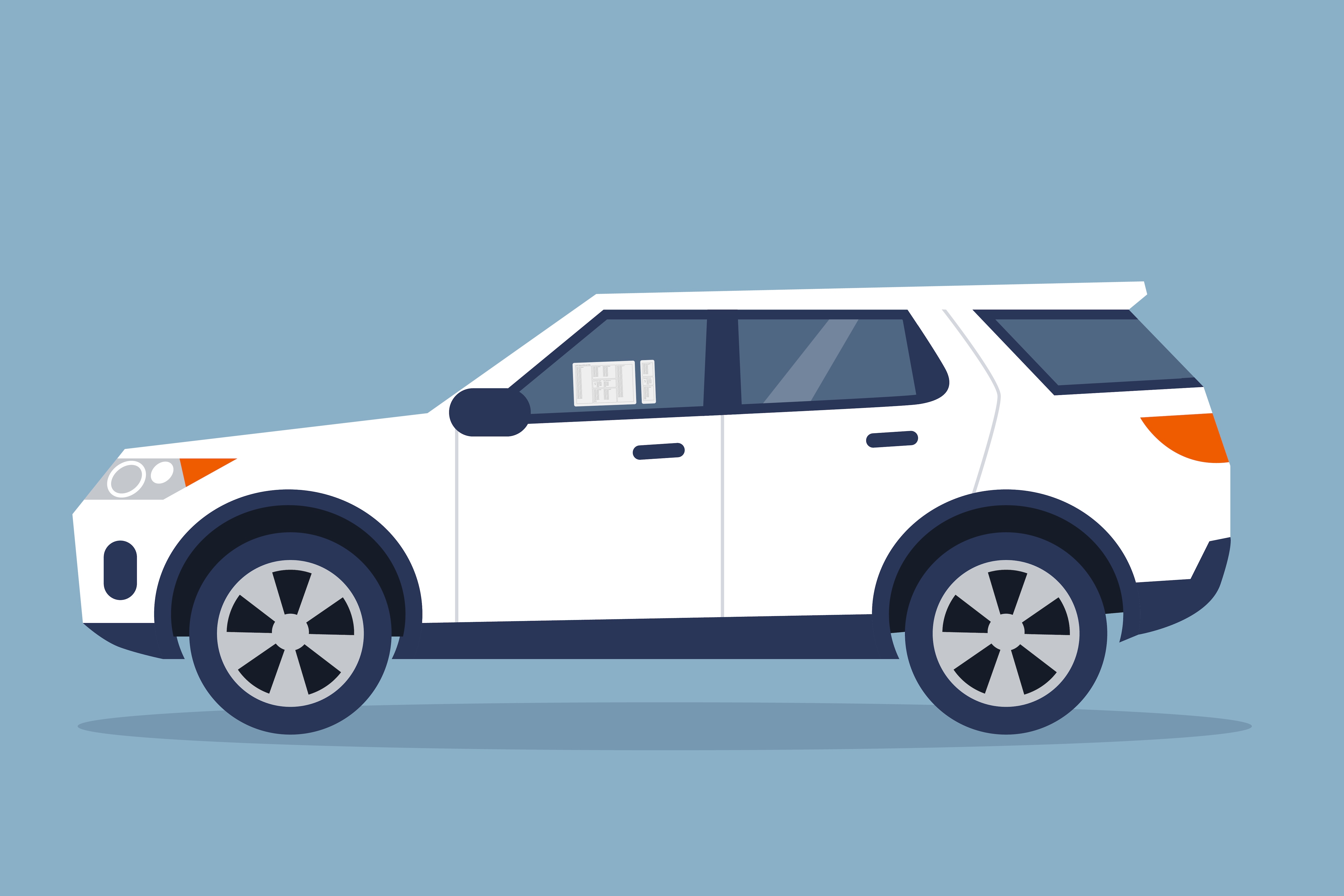What is an Addendum Sticker?
How to decipher these lists of everything from pinstriping to security systems and whether or not they're negotiable.
 Capital One
Capital One
In the ultra-competitive world of new-car sales, every dollar counts.
While a seasoned shopper may be familiar with the standard Monroney window sticker outlining the vehicle's base price, its factory options, its estimated fuel economy, and its crash-test results, you might be surprised to see an additional window-sticker addendum, which often adds items above and beyond the car's from-the-factory price.
You might be able to negotiate to get some of these items included in the deal but not always.
Why is There an Addendum Sticker?
The tough news is that window-sticker addendums are entirely designed to help boost the dealer's margins on a new car. In many cases, these are items that don't cost much for dealers to install and are then marked up to maximize the vehicle's value.
For a particularly in-demand and hard-to-get car, the "market adjustment" price is often the most eyebrow-raising aspect of the window-sticker addendum, with customers sometimes being asked to pay thousands of dollars over the manufacturer's suggested retail price (MSRP). Items referred to as "additional dealer profit" or "additional dealer markup" are exactly what they sound like.
There can also be a series of aftermarket add-ons or services that dealers often include in the addendum section, many of which you might deem unnecessary to your purchase.
What Items are Often Listed as Addendums?
Dealers frequently add specific parts or products to help boost a car's value. Those include everything from floor mats to wheel locks, spoilers, roof racks, and small details such as pinstriping and door-edge guards.
They may also offer maintenance services such as fabric protection, window tinting, paint protection, undercoating, and even nitrogen-filled tires. For the most part, these are all extras, many of which you might be able to do yourself or have done at a lower cost once you buy the car.
More substantial conversion packages are also common, including lift kits for trucks, custom sunroofs and wheels, as well as specialized security or audio systems. You might also be urged to pay for a series of dealer services, ranging from prepaid oil changes and maintenance plans to loaner vehicles for extended warranties.
Can You Negotiate These Costs?
If you can live without the add-ons the dealer has installed, it might be time to shop around or you can try to get the dealer to sell closer to the MSRP, minus the inclusion of the arbitrary extras they've added. It's worth negotiating to see if the salesperson will adjust the price for items and services you don't need.
As for demand-based price markups, even carmakers have cried foul on the market adjustment boom, with Ford and General Motors calling out dealers on hard-to-get cars—such as the F-150 Lightning—and threatening to withhold popular cars for those dealers who continue to inflate prices with excessive add-ons.
Written by humans.
Edited by humans.
 Andy Stonehouse
Andy StonehouseAndy Stonehouse literally fell into the world of auto writing while working as a ski-town journalist, and has not looked back since. A childhood spent dealing with the eccentricities of a 1976 MG Midget has made any subsequent auto experience a more safe and reliable drive. He has been blessed with nearby mountain trails and snowy roads in Colorado to do TV-adventure-styled test drives on a weekly basis.
Related articles
View more related articles